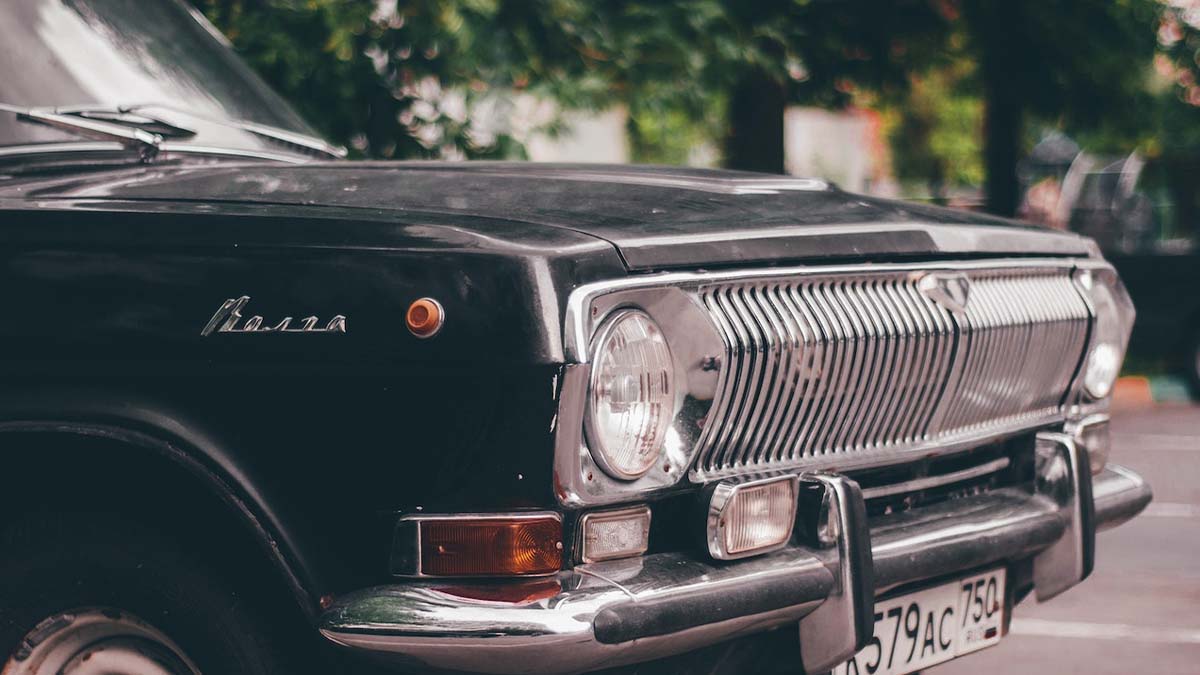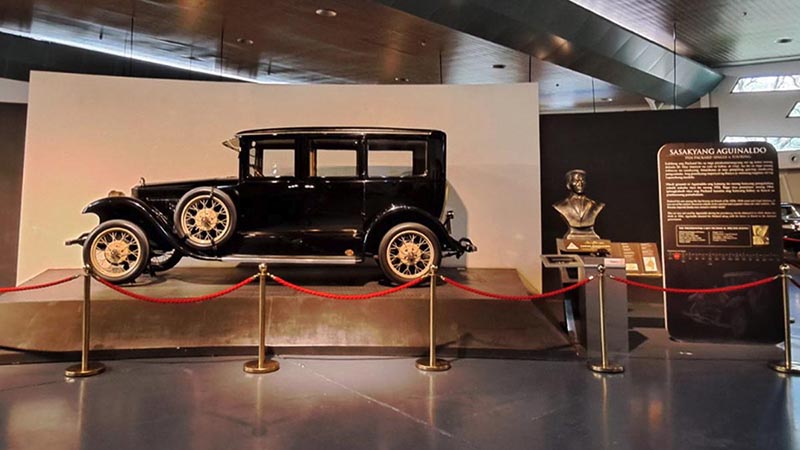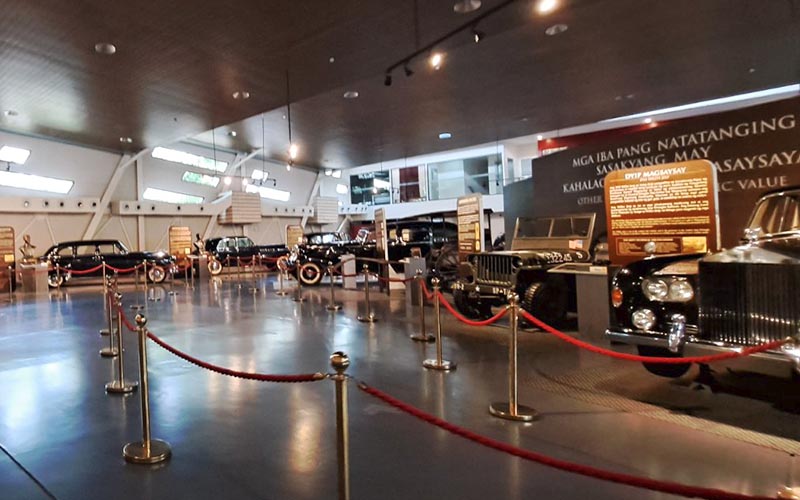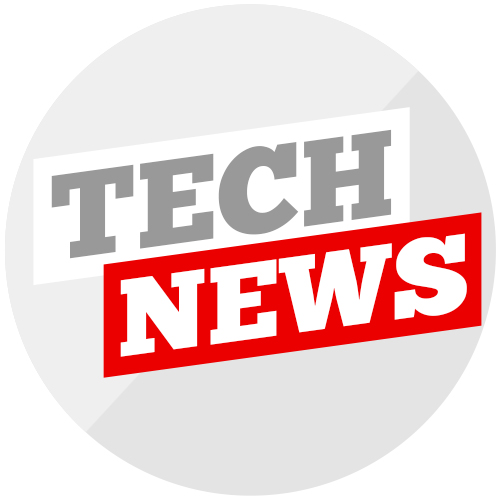
Republic Act 11698, otherwise known as the Vintage Vehicle Regulation Act, became a law on April 15, 2022. Last January, its Implementing Rules and Regulations (IRR) were approved, and are set to take effect on April 17.
But what exactly is RA 11688?
The new law recognizes motor vehicles as “an integral part of Philippine culture,” where old vehicles—vintage, historical, classic, or collectible—must be protected and preserved, and their use be regulated. According to RA 11698, vintage vehicles are motor vehicles that are at least 40 years old from the official date of manufacturing and have not been significantly altered, with its major components being original or authentic.
By creating the “Vintage Vehicle” subclassification, and exempting it from certain standard registration regulations, vintage vehicle owners will have an easier time registering and enjoying their vehicles for
personal use.
Under the new law, registered vintage vehicles will not be required to meet modern standards on clean-air, anti-pollution, safety, road-use, and the like that were not yet enforced during the year said vehicles were produced.
However, vehicles built after December 31, 1967 must be fitted with seatbelts as mandated by R.A. 8750, or the Seat Belts Use Act of 1999.

“Vintage vehicles are not mere ‘toys,'” Northern Samar 1st District Rep. Paul Daza said during a recent gathering of vintage car enthusiasts at the Presidential Car Museum at the Quezon Memorial Circle.
“Of course, they are sources of pride and enjoyment. However, it is important to optimize the potential economic opportunities that they can create while preserving the country’s heritage in its motoring history,” Rep. Daza said, explaining the merits of RA 11698.
Speed interviewed Rep. Daza to answer some of our burning questions regarding the Vintage Vehicle Regulation Act:
Speed: How will the Vintage Vehicle Regulation Act help in protecting and promoting Philippine history and culture?
Rep. Daza: Vintage vehicles carry the history and aspirations of people and nations. With every car is a story of journey, perseverance, and hopes. Such values and symbolisms are perhaps more appreciated in old and vintage vehicles—the admiring looks are indications of the fascination whenever an old and beautiful car cruises by. One would typically gape and wonder, “What make/model and how old is that car?”
Recently, I and members of the Manila Sports Car Club visited the Presidential Car Museum (where we are holding the signing ceremony of the IRR of RA 11698). As we viewed the presidential cars—which are important historical assets—I couldn’t help but wonder about our great leaders who have used those cars, the lives they lived, the decisions they made, and the way those vehicles had made their daily work more efficient for them.
The automotive history of each country gives a glimpse of how life was back then. Through RA 11698, we can preserve a part of our history as a nation. Vintage cars represent a part of who we are.

How would the ordinary Filipino benefit from this law?
We have what it takes to be a world-class provider of restored vintage vehicles. Interestingly, it is not known to many people that the Philippines used to be a host to the largest vintage car restoration facility in the world. It was located in the Clark Freeport Zone. In this facility, an American led a team of about 100 staff (mostly Filipinos) in restoring 40-50 cars at any time with an average turnaround of 10 to 12 months.
With the challenges brought about by the COVID-19 pandemic, it is important to explore the potential economic opportunities, create more jobs for mechanics, metal workers, craftsmen, upholsterers, painters, laborers, shop owners, and small and medium industries, while at the same time preserve the country’s heritage in its motoring history.
One of the key objectives of this bill is to revitalize the local car restoration industry. Through the law, shops and companies engaged in importation of vehicles and parts; and exportation of restored vintage vehicles can avail of fiscal and tax incentives. Through the law, we could optimize the barrier-to-entry for potential investors. The potential influx of new players and extra income for current restorers can create employment opportunities. It could help lead to a vibrant and competitive business environment so our local talents don’t have to leave the Philippines to have a lucrative career in automotive repair and restoration.
The tourism and event management industries also have the potential to grow as the law encourages the promotion of automobile tours, establishment of vehicle (vintage or otherwise) museums, and vintage motorsport events.
How would the law address the environmental impact of vintage cars?
The law grants emission test exemption to vintage vehicles, due to the fact that they will not likely pass from today’s rules because standards from their date of manufacturing were less stringent. Nevertheless, the law has considered the air quality concern so it limits the use of vintage vehicles to personal purposes and leisure driving only. Commercial use is not allowed except for motion pictures, advertisements, pictorials, and similar events. They cannot be used for business or daily driving.
One of the key objectives of this bill is to revitalize the local car restoration industry. Through the law, shops and companies engaged in importation of vehicles and parts; and exportation of restored vintage vehicles can avail of fiscal and tax incentives.
How big is the automobile restoration industry in the Philippines and how much more potential does it have?
During the drafting of the bill, our team has conducted a simple financial analysis. It’s very simple and based on best efforts and assumptions, given the lack of data on vintage vehicles in the Philippines. There are good sources of anecdotes, clippings, and pictures, however, there is really no market study yet as a whole.
However, based on available assumptions and data, conservatively, the economy may derive about P9.5 billion worth of financial benefits over a 10-year period.
While it is true that 97% of families who own vehicles are from the middle and high-income group, the purpose of the law is far from promoting the use of motor vehicles per se. Vintage vehicles—like the beauty and cosmetic surgery industry, for example—is a niche market and could contribute significantly to the economy.
Vintage vehicles are economic and cultural assets, which could further heighten the Filipino auto-mechanics’ global positioning, in the same way that Filipino doctors are celebrated worldwide.
Simply put, the law lowers the barriers-to-entry in the car restoration industry, which leads to more investors, more employment, and a potential to position the Philippine restorers as the go-to service providers for vintage car enthusiasts in the Asia-Pacific region and the rest of the world.


















-x-250px(H)-copy (1).png)





